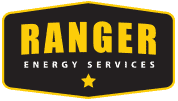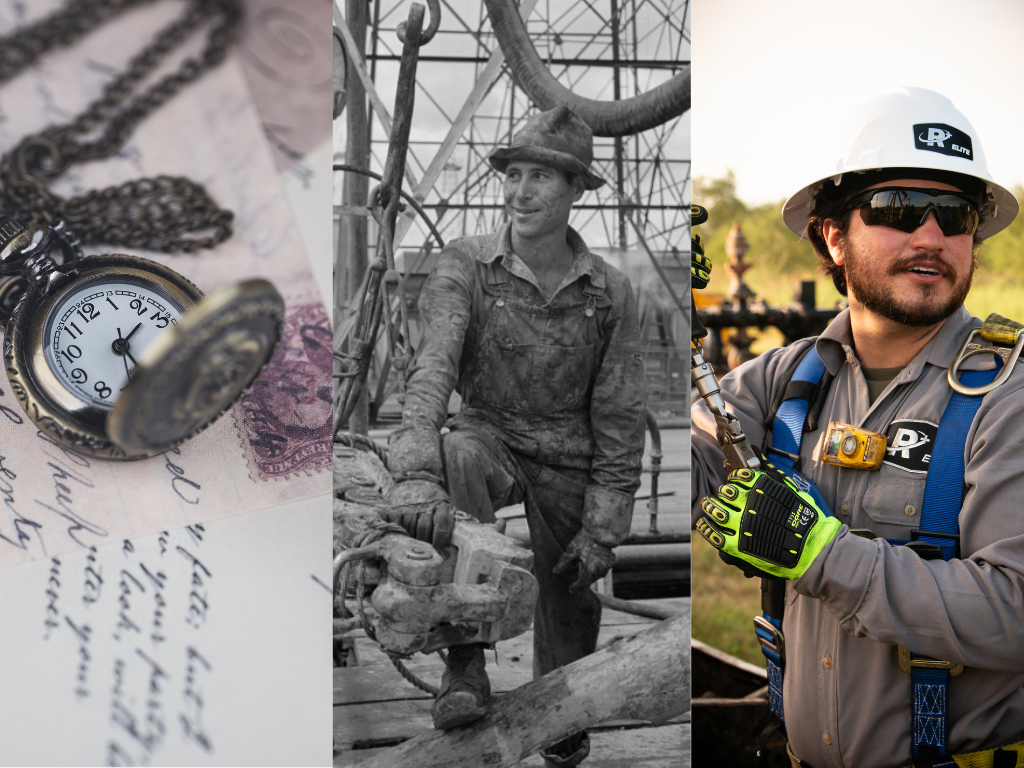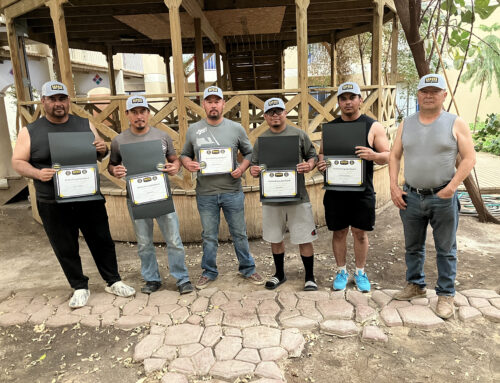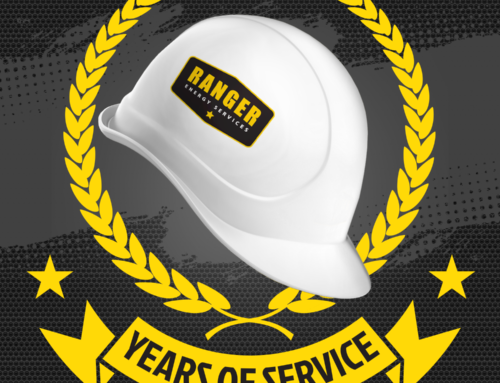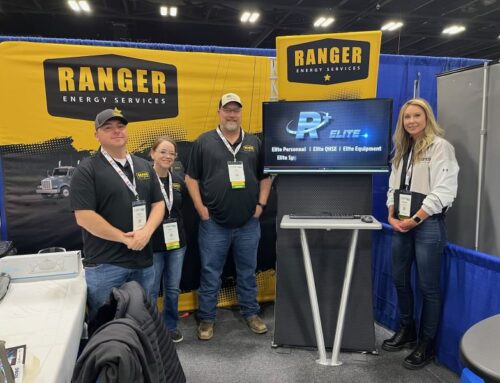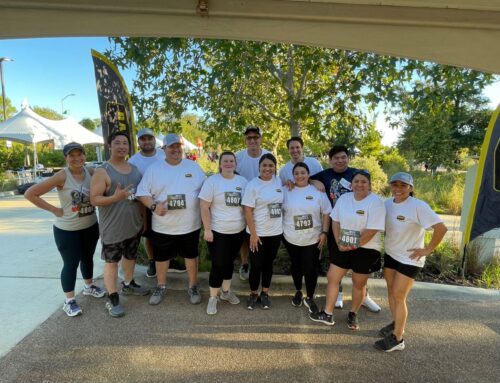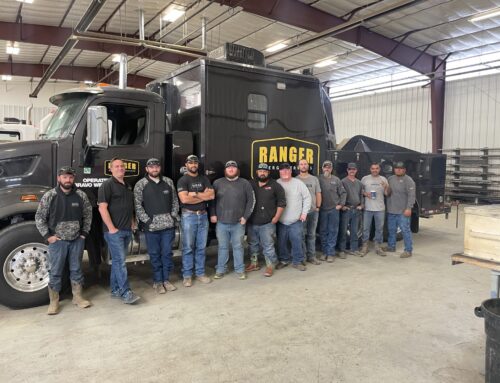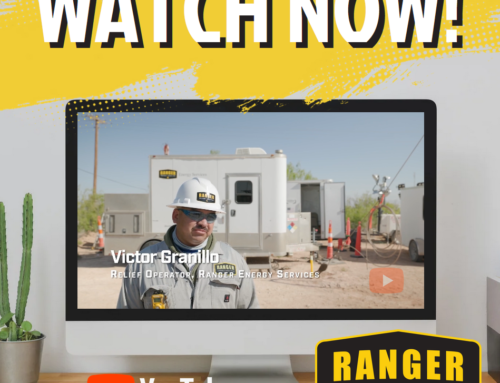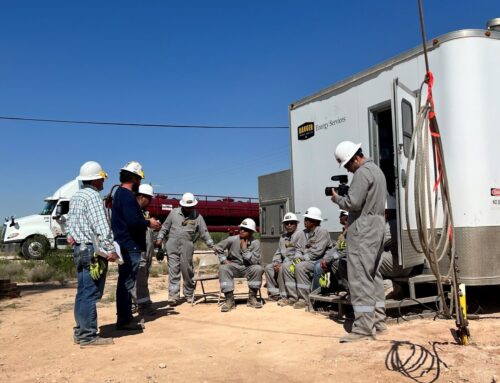From one generation to the next, well servicing creates moments of value
By Jim Kulis, Vice President, QHSE
An heirloom is often described as something of special value handed down from one generation to another.
The word heirloom usually conjures up visions of jewelry, bibles, pocket watches, letters and even recipes handed down from one generation to another. In my own family, there is a bracelet that has been passed down for well over a hundred years—a very short time in the often long life of an heirloom.
It is an interesting have in one’s possession an heirloom—something of special value that was a daily part of someone’s world generations ago.
The idea of the heirloom, as something of special value handed down from one generation to another, applies not only to tangible things but also to knowledge, skills and ability.
It’s a special value you can also find in the oil field, as one generation trains the next.
The oil field environment, specifically well servicing of all types, presents many challenges. The metal is heavy. The edges are sharp and the pressures are high. One of the greatest defenses against hazards in this environment is the sharing of knowledge and technique.
Well servicing occurs in an approximate 100 foot circle around a designated well head. What goes on in that circle is generally predictable, controllable and governed by identifiable steps and procedures. However numerous these procedures may be, they are not infinite. They are graspable and quantifiable. They can be learned and perfected over time. There is a right way and a wrong way.
The learner also has the advantage of repeating the many steps and actions over and over again.
I have the advantage of having spent an exceedingly long time in this same oil field environment. Over the years, I have been able to see people enter the profession, learn the trade, pass it on and leave.
The people come and go, but the hand motions and use of tools remain the same. There is a pride in doing things correctly and a tremendous benefit in terms of quality and safety.
When you are training someone, you are a link in a long chain that connects the past and the future. It is astonishing to think that because of the common, basic nature of most of our tools, this chain can extend into the past some three million years!
If you have swung a hammer, in close quarters, for a long period of time, you recognize there is an accomplished art to it. If you have been in close proximity to someone swinging a hammer in a ten foot circle around a well head, you will doubly appreciate their skill. It’s remarkably easy to hit yourself and others. Consider the incident rate over the past three million years.
At any given moment, at a well site during operations, there are hands swinging hammers, threading sheaves, and turning wrenches. People are working in concert with heavy, unforgiving machinery.
Knowledge of swing patterns, line of fire, recoil potential and trapped pressure are essential every minute.
It is fascinating to watch well trained and experienced crews working together. There is a seamless integration with that same unforgiving machinery.
That doesn’t happen by accident. It’s the result of one person conveying the wisdom of how to do it to another.
That unbroken chain extends into the past, but it also now extends into the future. Your concern and instruction will be seen in the activities of today, tomorrow, and a hundred years from now.
Remember that when you learn a skill, perform a skill, or teach a skill—there is a lasting effect in every word and motion. Make those words and motions true and they will be something of special value handed down from one generation to another.
Since 2018, Jim Kulis has served as Ranger’s Vice President of Quality, Health, Environment and Safety. Prior to joining Ranger, he held senior-level QHSE and training management positions at C&J Energy Services and Nabors Completion and Production Services. Kulis has extensive field experience and is a credentialed safety and training professional. He holds a Master of Arts degree from San Francisco State University.
